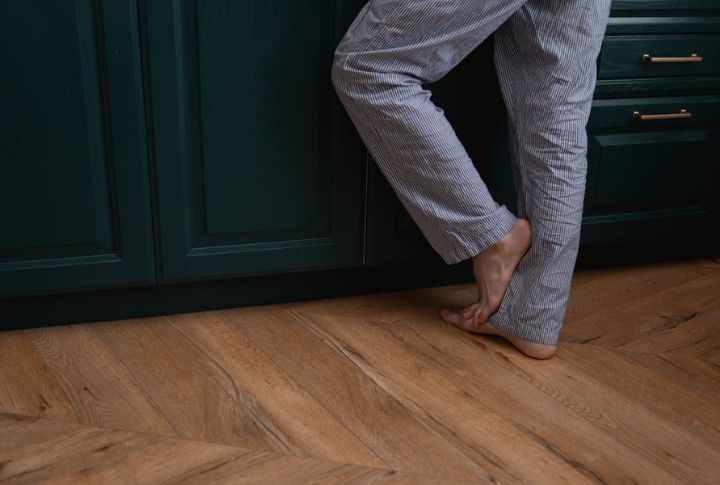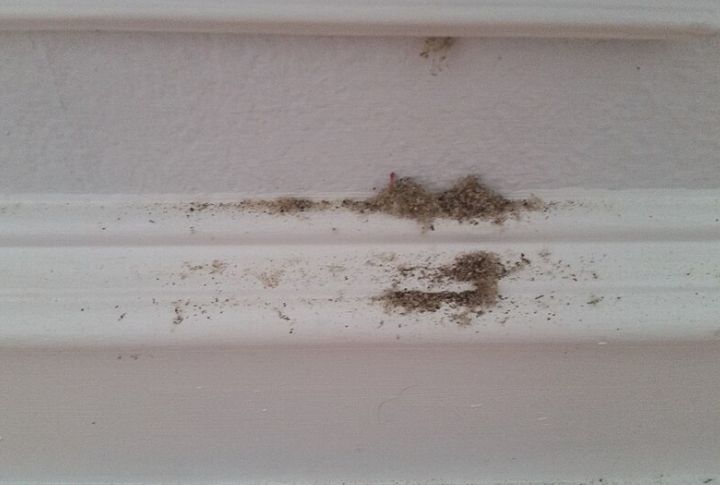
You don’t need a home inspector to notice when something feels wrong. The trick is knowing which everyday signs actually mean trouble. Some of them are so subtle you might walk past them daily without realizing it. Suspect your home’s trying to warn you? Here’s what to look out for before it becomes a major issue.
Hairline Cracks Along Interior Door Frames

Those thin cracks around your door frames aren’t just cosmetic issues. When soil shifts beneath your foundation, it stresses your walls at their weakest spots. Notice doors sticking or closing unevenly? Structural engineers see this as a serious warning sign needing immediate professional attention.
Persistent Musty Smell In One Room

A constant musty odor in a single room usually points to hidden moisture problems, like leaks and poor ventilation. Moisture trapped behind walls can lead to mold growth, thereby damaging building materials and affecting air quality. In fact, prolonged exposure to these conditions can trigger respiratory issues and worsen allergies.
Unusual Warm Spots On The Floor

Why’s one spot on your floor warmer than others? Either hot water pipes are leaking or electrical wiring is overheating underneath. Both scenarios slowly destroy your joists and subfloor. Carpet and padding above warm spots also typically develop musty odors as materials break down.
Light Fixtures That Flicker Only When It Rains

If light fixtures flicker only during rainfall, it frequently signals water intrusion into the electrical system. Rainwater can seep into wiring or exterior fixtures, thereby creating short circuits and fire hazards. Over time, this moisture can erode metal parts and damage wiring insulation, heightening the risk of electrical malfunction.
Tiny Mounds Of Sawdust Near Baseboards

Small piles of sawdust along baseboards usually reveal the presence of termites or carpenter ants tunneling inside wood. These insects hollow out framing over time, weakening structural components. Sawdust accumulation often indicates an active infestation and ongoing wood damage that could worsen if left unnoticed.
Toilet Bowl Water Level Slowly Dropping Over Time

The water in your toilet bowl shouldn’t gradually drop on its own. A cracked bowl or failing wax ring is leaking water where you can’t see it. This slow drip can saturate the ceiling joists below, causing sagging and structural weakness in the rooms below your bathroom.
Paint Bubbling On Basement Walls Without Obvious Moisture

Paint bubbles on basement walls indicate moisture is hiding behind your drywall, even if everything feels dry to the touch. Water vapor migrates through foundation walls from outside soil and gets trapped between the concrete and the paint. Efflorescence—white, chalky deposits—usually appears alongside the bubbling.
Ceiling Nail Pops Appearing In Clusters

Ceiling nail pops appearing in clusters suggest roof truss uplift, which happens when your trusses arch upward due to heat buildup in the attic. The bottom chord expands while the top remains cooler, creating upward pressure that forces nails to pop through the drywall. This effect is most noticeable in winter when heating runs continuously.
Unexplained Increase In Dust Despite Regular Cleaning

A sudden rise in indoor dust may mean failing HVAC filters, air leaks, or deteriorating insulation. Dust can enter through attics or crawl spaces, thereby carrying allergens and compromising air quality. So this subtle warning sign usually points to hidden mechanical or structural issues that need to be addressed to keep your home healthy and free of contaminants.
Stains Reappearing On Ceilings After Repainting

Paint can’t fix a water leak—it only hides the stain temporarily. There’s an active leak in your roof or plumbing that keeps soaking your ceiling. The water brings dirt and rust that bleeds through fresh paint. Look in your attic during rain to spot where water is entering.

